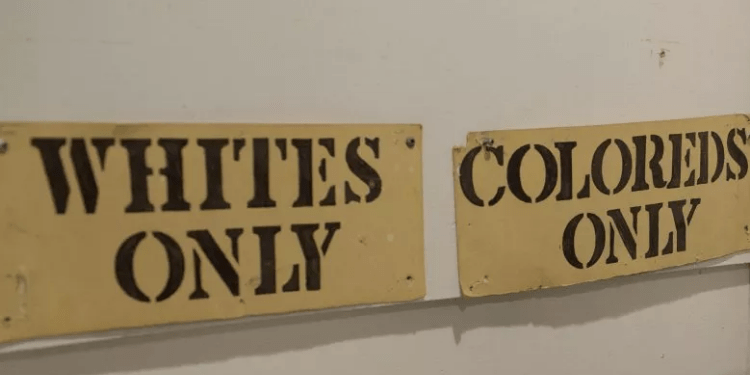According to Isabel Wilkerson, in her book “Caste,” “Anything that could be conceived of that would separate black people from white people was devised and codified by someone or authority in some state in the South. There were colored and White waiting rooms everywhere, from doctor’s offices to the bus stations, as people may already know.” This brings us to the three Civil War Amendments that were passed after the slave owning South was defeated. The 13th Amendment abolished slavery. The 14th Amendment provided citizenship, equal protection and due process under the law. The 15th Amendment gave African Americans the right to vote. However, the former slave owners had tricks up their sleeve.
All three amendments were sabotaged by the southern states through vagrancy laws, Jim Crow laws, all-white juries, poll taxes, literacy tests, grandfather clauses, and the violence of lynching, burning alive at the stake, and torture. The “Redeemer Movement,” a group of racist white Episcopalians, sought a religious justification for continued oppression. They sought vocational service for black people while at the same time denying all civil rights for blacks. After the Civil War the “Southern Redeemer Movement,” sabotaged the Civil War amendments and provided education for blacks that was vocational only. This included teaching blacks to service the needs of whites by teaching them or allowing them to pursue sewing, cooking, dancing, and sports, waiting on whites, and other vocational skills, because they did not want blacks to compete with whites. Black colleges were often supported by former slave owners and segregationists to keep them from competing and attending school with whites.
Most of us know about the good things that happened during Reconstruction, a time period that stretches roughly 10 years after the Civil War. What we don’t know, and what the educational system often refuses to discuss, is the opposition to Reconstruction by the former slave owners as they attempted to derail the human dignity and citizenship of black people. The Freedman’s Bureau did not begin to function in helping Black folk until the end of 1865 and was removed by white supremacist politicians by 1870. Despite the announcement that slaves were freed at Galveston, plantation owners refused to tell blacks about it until Union troops arrived or the next crop was picked. Blacks that did find out about being free were shot if they attempted to leave the plantation. No slaves owned by Alex Simpson were freed until three years after the Civil War. Attack dogs were still used years after blacks were freed in Texas.
Near Houston and other places, blacks were convinced to board ships with the promise of freedom and jobs only to be chained and set back into slavery in Brazil. Black schools set up by the Freedmen’s Bureau were all burned down and the new schools had to be sponsored by wealthy whites and taught by white teachers for a time. This was the case in San Antonio as the Republican authorities wanted the Lincoln School to flourish with white teachers. Black people wanted black teachers, and the politicians of that time sought to create a black educational system that serviced the needs of whites. Freedmen Bureau agents were run out of towns, beaten, and shot and one report stated that several white gangs offered to kill blacks for seventy-five cents in Harrison County. Whites killed blacks during Reconstruction for any display of their freedom; refusing to look down when passing a white person or the shouting of joy for freedom resulted in death. According to Smallwood, the sheriff of DeWitt County shot a black man for whistling “Yankee Doodle.”





